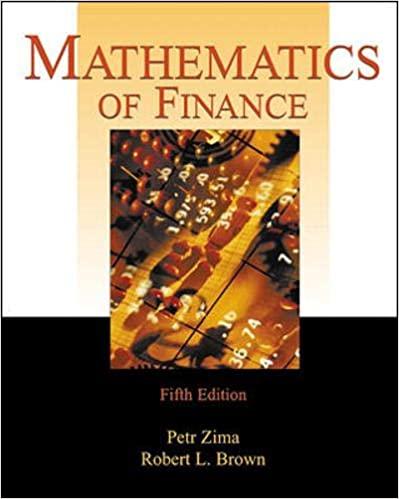Question
This Is My Generations Story Instructions (15%) 700 words The goal is to demonstrate your understanding of relevant key material by imagining how a younger
This Is My Generations Story Instructions (15%) 700 words The goal is to demonstrate your understanding of relevant key material by imagining how a younger Japanese person in his or her late teens or early twenties may view an event or change that we have studied differently from someone from an older generation. Select ONE of the options below. Your assignment needs to include: a) Create a setting for your assignment. Where was the conversation taking place? Begin by stating the older persons perspective and position on the topic and issue. b) Introduce and describe the younger character. You can decide this characters age (somewhere between 17-25), gender, quality of relationship with the older person (close, antagonistic, or respectful, for example), education level, political outlook, family composition, relationship status, and other details. c) This is the most important part. How does the younger person see the event/change differently from the older person? What are the factors that led to this generational change? Was the younger person able to see eye-to-eye with the older person on this issue? How and why? Be sure to Clearly define key terms, events, and issues as you introduce them. Consider devoting one or two paragraphs to each bullet. This should read as one seamless and engaging historically-plausible creation. Pick 1 Option: 1. An elderly grandfather is speaking with his grandson. The time is 1900 just after Japans victory in the First Sino-Japanese War. The grandfather was once a loyal samurai to the shogun before the arrival of the Blackfleet at a time when Japan saw China as the height of East Asian civilization. He thought Japan was foolish to go to war with China in 1894. The young grandson was born around 1880 during the Meiji Era. What was his response? 2. The time is about 1900. An elderly grandparent is speaking with a young grandchild about the grandchilds life in late Meiji Japan. (Pick the gender of your grandparent and grandchild.) The grandparent was a peasant born and raised in the Tokugawa countryside, and fondly reminiscing. The young grandchild was born around 1880 during the Meiji Era and was born and raised in Tokyo, the capital of Japan, and its changes. What was his/her response to his/her grandparents fond memories of a Tokugawa childhood? How does one think that his or her life in Meiji Japan is better or worse for someone like him/her than the life that the grandparent had lived in Tokugawa? How and why? Focus on one or two of the following changes: -education for all children, including girls -technological modernization and transformations -social changes, including the abolition of Tokugawa social hierarchies and more egalitarian Meiji social classes -westernization of Japanese culture, clothing, language, and ideas. Need this urgently Syllabus : EAST ASIA: IDENTITIES AND CHANGE IN THE MODERN WORLD (1700 TO PRESENT) by. Keith Schoppa
Step by Step Solution
There are 3 Steps involved in it
Step: 1

Get Instant Access to Expert-Tailored Solutions
See step-by-step solutions with expert insights and AI powered tools for academic success
Step: 2

Step: 3

Ace Your Homework with AI
Get the answers you need in no time with our AI-driven, step-by-step assistance
Get Started


